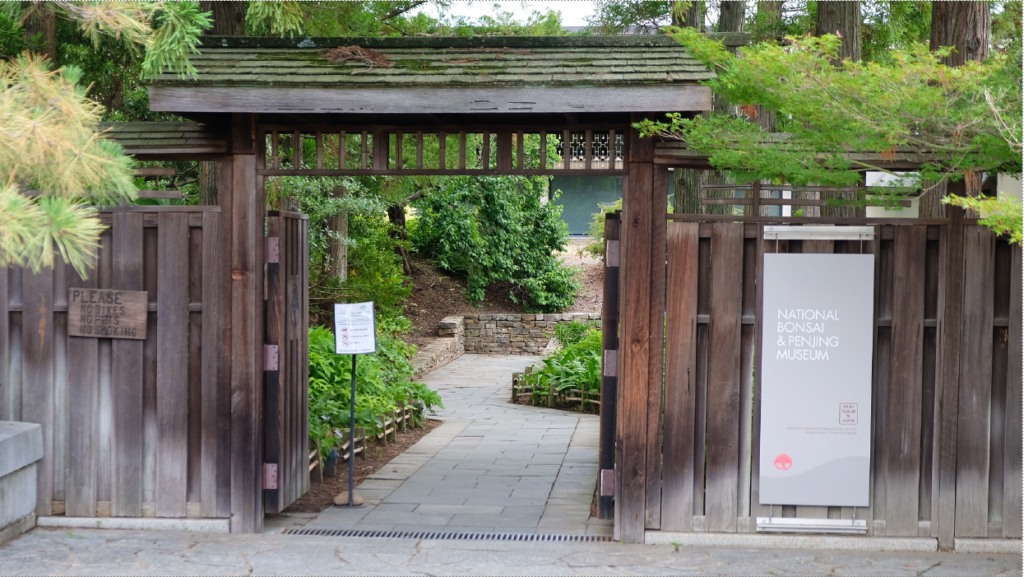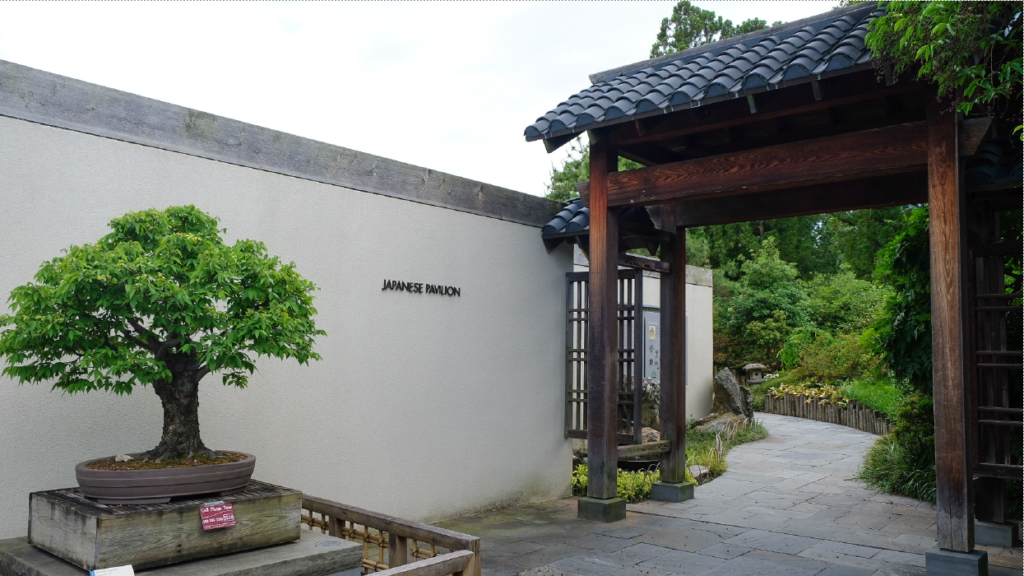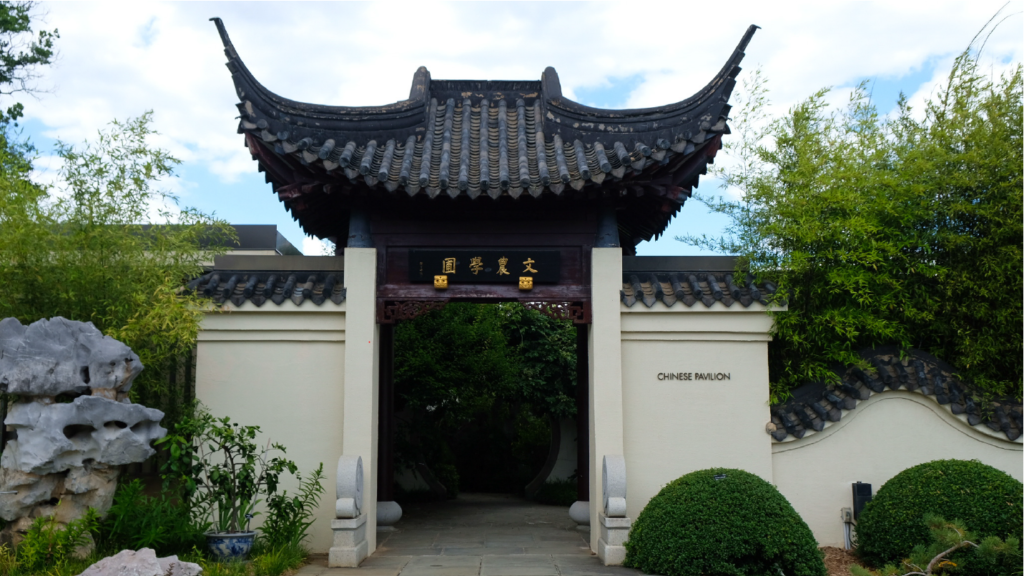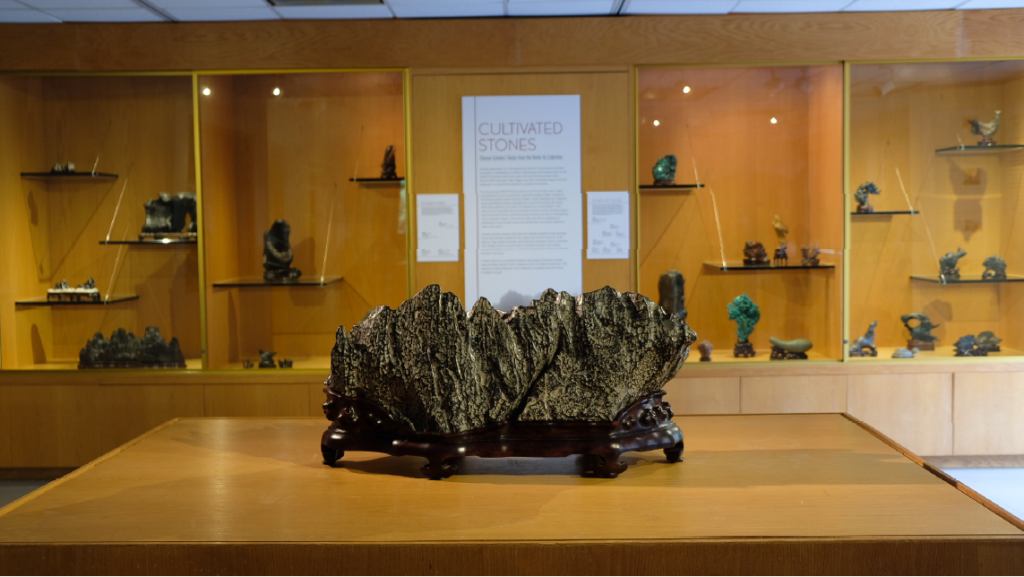Join us as we explore the U.S. National Bonsai & Penjing Museum! Since 2018, the National Bonsai & Penjing Museum has been named one of the “Best of DC” in a variety of categories including
—
“BEST PLACE TO TAKE AN OUT-OF-TOWNER”
“BEST MUSEUM OFF THE NATIONAL MALL”
“BEST PLACE TO MEDITATE”
“BEST FIRST DATE ACTIVITY”
Located on the grounds of the U.S. National Arboretum in Washington, DC., the U.S. National Bonsai & Penjing Museum is known as one of the “Best Arts & Culture Nonprofits in DC.” The museum’s mission is to promote and share the art of bonsai, penjing to visitors from around the world through masterpiece displays and educational programs while fostering inter cultural friendship and understanding between the United States and Japan.
“At the National Bonsai Foundation, we’re driven by our passion for bonsai. We’re preserving a history, protecting a legacy and preparing a future.”
— National Bonsai Foundation

Take a tour of the museum’s classics —
“Walking through the Museum, surrounded by trees that are often hundreds of years old, always gives me a sense of being closer to nature, with its timeless calming and tranquil effect.”
— Janice Vitale, Former National Bonsai Foundation Board Member
Japanese Collection
Plants are the essence of an arboretum garden, and the story of the National Bonsai & Penjing Museum began with the plants in the summer of 1976. On the occasion of the bicentennial celebration of American Independence Day in July 1976, the Nippon Bonsai Association of Japan formally presented a gift of fifty-three bonsai trees to the U.S. National Arboretum as a symbol of international goodwill, peace, and longtime sustainable friendship between the two countries . These trees were from private collections and were selected by the Nippon Bonsai Association of Japan with financial assistance from the Japan Foundation. That gift has since been expanded to 63 trees and is on display from April to October in the Japan Pavilion, which was designed by Masao Kinoshita of Sasaki Associates.
During winter the trees will also be displayed in Dr. Elaine Wu’s China Pavilion. The Japanese collection was the pioneer of several other collections, including the “Chinese Collection”, the “North America Collection”, and the “Viewing Stone Collection”. For full list of tree collections, please refer to the museum’s website at https://www.bonsai-nbf.org/collections.
Every bonsai tells a story and some of the stories are truly amazing. From such humble beginnings to symbols of peace and perseverance they quietly stand on display as testaments to mans reverence toward nature.
— Jack Sustic, Co- President, The National Bonsai Foundation

Chinese Collection
Penjing, also known as penzai, is the ancient Chinese art of creating landscape scenes on a miniature scale. These scenes feature living plants carefully cultivated by artists to express the beauty of nature
and reverence for it. The predecessor to bonsai, penjing’s history can be traced back to the Tsin Dynasty in China (265-420 A.D.). In 1972, China sent a series of penjing trees as a symbol of international friendship to President Richard M. Nixon, after which the trees were sent to the U. S. National Arboretum. Dr. Yee-sun Wu, one of China’s most prominent penjing connoisseurs and stylists, was invited to exhibit penjing trees as part of the museum’s collection in 1983. Dr. Wu agreed and graciously offered the trees to the Museum and funded the creation of a pavilion to house them. Today, in honor and appreciation of Dr. Wu’s outstanding contribution to the museum’s botanical collection, the Chinese Collection at the National Bonsai & Penjing Museum is named Yee-sun Wu Chinese Garden Pavilion. There are 36 penjing trees in the Chinese Collection and the museum is working to add more species in the future. For full list of tree collections, please refer to the museum’s website at https://www.bonsai-nbf.org/collections.

North America Collection
While bonsai and penjing plants have contributed to the museum’s name and have been a major factor in its expansion, it is the contributions from local artists to the North American collection that have introduced new audiences to the art form. The North American Collection was established in 1990 and was designed to honor the work of North American bonsai master John Y. Naka (1914-2004), with his world-famous forest planting “Goshin” prominently displayed at the entrance of the pavilion. Today, local visitors and those from all across the country can peruse the 63 trees that make up the collection in the John Y. Naka North American Pavilion. This collection will be on display from spring through fall and can be viewed in the Chinese Collection during the winter months. For full list of tree collections, please refer to the museum’s website at https://www.bonsai-nbf.org/collections.

Viewing Stones Collection
In addition to the museum’s eye-catching installations of bonsai & penjing from Japan, China, and North America, its world-class collection of viewing stones also brings an unforgettable experience to visitors. If bonsai is cultivated to evoke memories of the good qualities of old trees, then viewing stones are often intended to suggest an element of the natural landscape, such as a distant mountain or waterfall. When these small-scale forms are viewed together in a complementary arrangement, we catch a glimpse of the beauty and power of nature as a whole. The viewing stones collection began with the Nippon Bonsai Association of Japan’s gifting of six Japanese viewing stones on the occasion of the bicentennial of American Independence Day along with fifty-three bonsai trees in 1976.
Today, there are 105 stones from different countries on exhibition, including those from Japan, China, Indonesia, South Africa, Zaire, Namibia, Italy, Canada, and the United States. The Viewing Stone collection has also expanded to include stones outside the formal requirements for Japanese viewing stones— such as Chinese scholars’ rocks and abstract natural stones. For a full list of viewing stone collections, please refer to the museum’s website at https://www.bonsai-nbf.org/collections.

Contact
U.S. National Bonsai & Penjing Museum Website
Instagram – @nbfbonsai
Twitter – @NBFbonsai
Facebook – @nationalbonsaifoundation· Nonprofit organization
National Bonsai Foundation | The Arbor House | 3501 New York Avenue N.E. | Washington D.C. 20002
202.396.3510 | [email protected]
Sister Museums
The National Bonsai & Penjing Museum, Washington DC, USA
Omiya Bonsai Art Museum, Saitama City, JAPAN

